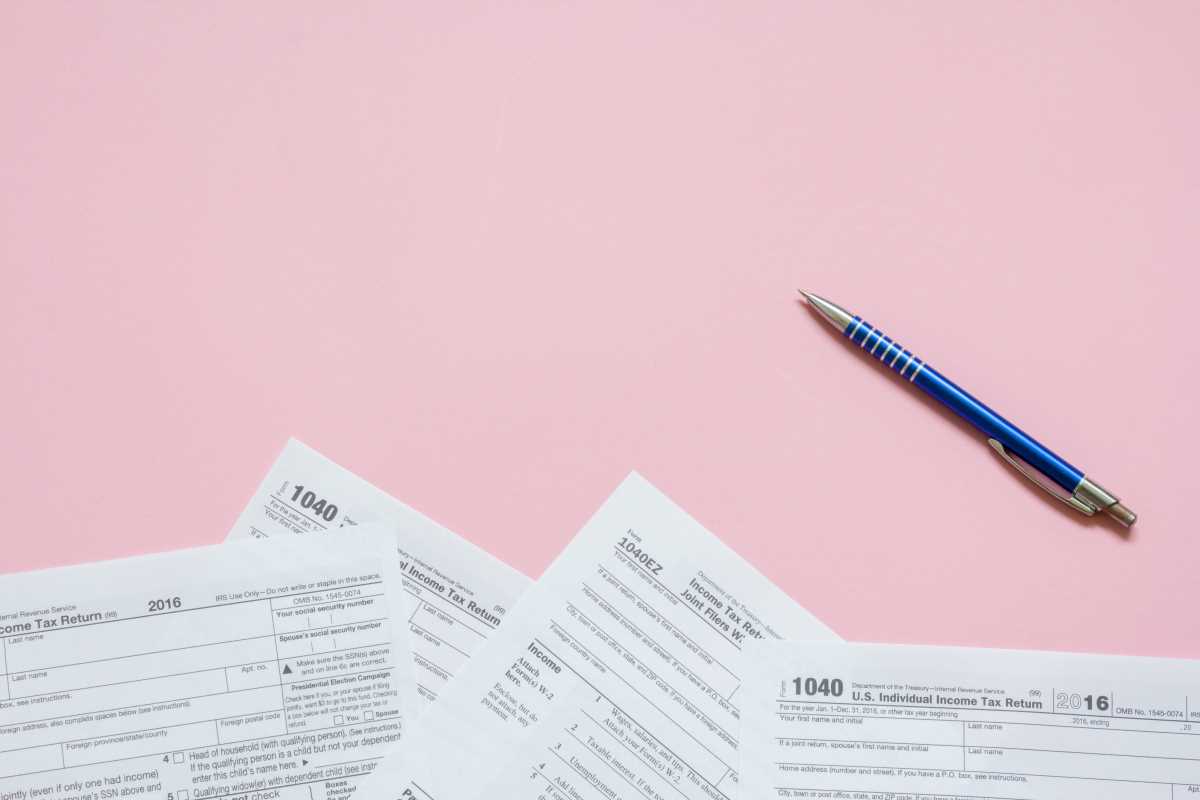Are you drowning in debt and feeling overwhelmed by the constant battle to get out of it? Don't worry; you're not alone. Many individuals struggle with debt, but there are common mistakes to avoid when trying to climb out of that financial hole. Avoiding these pitfalls can help you gain control of your financial situation and put you on a path to debt freedom. Let’s explore some key errors that often hinder progress when working toward becoming debt-free and what you can do to avoid them.
Overspending: A Common Trap
Overspending might seem like an obvious issue, but it remains one of the most critical mistakes individuals make when trying to get out of debt. Even with good intentions, it’s easy to underestimate how small, unnecessary purchases can add up and sabotage your efforts to become debt-free. Whether it's dining out too often, impulsive online shopping, or splurging on entertainment, these expenses can quietly drain your finances.
To avoid this, it's essential to create a realistic budget that includes all your monthly expenses—essentials like rent, groceries, utilities, and transportation. Then, take a closer look at non-essential items and find areas where you can cut back. By eliminating or reducing spending in these areas, you can redirect those funds toward paying off your debts more effectively. Stick to your budget, be mindful of your spending habits, and remind yourself that cutting back now is an investment in your future financial freedom.
Failing to Prioritize Debts
Another common mistake is neglecting to prioritize debts. When faced with multiple debts—credit cards, student loans, medical bills, or personal loans—it can be tempting to try and pay off several at once. However, spreading your efforts too thin can slow down progress and leave you feeling frustrated.
One effective strategy is to focus on paying off the high-interest debts first. High-interest debts, such as credit cards, cost you more money over time due to the accumulating interest. By prioritizing these, you save more money in the long run. Once you’ve paid off the highest-interest debt, you can apply that payment to the next debt on your list, and so on. This strategy, often called the avalanche method, allows you to tackle debt efficiently. Alternatively, some people find success with the snowball method, where you focus on paying off the smallest debts first, building momentum and confidence as each debt is eliminated.
Avoiding Professional Help
Many people struggle with the idea of seeking help or guidance when dealing with debt. Whether due to pride, shame, or fear of judgment, they avoid reaching out for assistance. This hesitation is a mistake that can hinder your progress. Seeking help from a financial advisor, credit counselor, or debt management service can offer valuable insights and strategies for managing your debts effectively.
Financial professionals can help you review your current financial situation, create a tailored debt repayment plan, and offer advice on budgeting and financial planning. They may also help you negotiate lower interest rates with creditors or consolidate your debt, making it easier to manage. Remember, seeking guidance is a sign of strength, not weakness—it shows that you are committed to getting back on track and are willing to do what it takes to regain control of your finances.
Neglecting to Track Progress
Consistently failing to track your progress is another mistake that can stall your journey to becoming debt-free. Without regular monitoring, it’s easy to lose sight of how far you’ve come and where adjustments may be needed. Keeping an eye on your progress not only helps you stay accountable but also provides motivation as you watch your debt decrease over time.
Tracking your progress can be as simple as using a spreadsheet, but there are also numerous apps and online tools designed to help with debt payoff. Many of these tools allow you to input your debts, track payments, and calculate how long it will take to pay them off. This visualization of your progress can be incredibly motivating, as it breaks down a seemingly insurmountable challenge into manageable steps.
Ignoring the Root Causes of Debt
Perhaps one of the most significant mistakes is failing to address the root causes of your debt. If you don’t understand how you ended up in debt, it becomes easy to repeat the same mistakes, even after you’ve managed to pay it off.
Take time to reflect on what led to your debt—was it habitual overspending, a lack of financial planning, or perhaps unexpected life events like medical emergencies or job loss? Understanding these factors allows you to make meaningful changes. For instance, if you tend to overspend, establishing a stricter budget and practicing mindful spending can help. If unexpected expenses contributed to your debt, consider building an emergency savings fund to cushion yourself against future financial shocks.
By acknowledging the root causes, you can implement preventative measures that will reduce the likelihood of falling into debt again. Financial discipline, awareness, and a forward-looking approach can transform your relationship with money.
The Journey to Debt Freedom
As you navigate your journey toward becoming debt-free, avoiding these common mistakes can make a significant difference in your success. Overspending, failing to prioritize debt, avoiding help, neglecting to track progress, and ignoring the root causes are all barriers to financial recovery. By addressing these issues, you’ll be better equipped to develop effective strategies for tackling debt and achieving long-term financial stability.
Remember, getting out of debt is a challenging but rewarding process that requires dedication, discipline, and a commitment to change. It won't happen overnight, but with consistent effort, you can take control of your financial future and experience the relief and freedom that comes with being debt-free.







